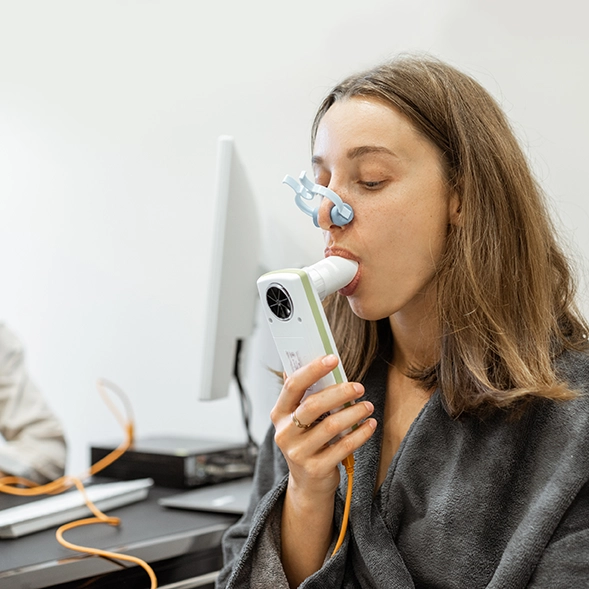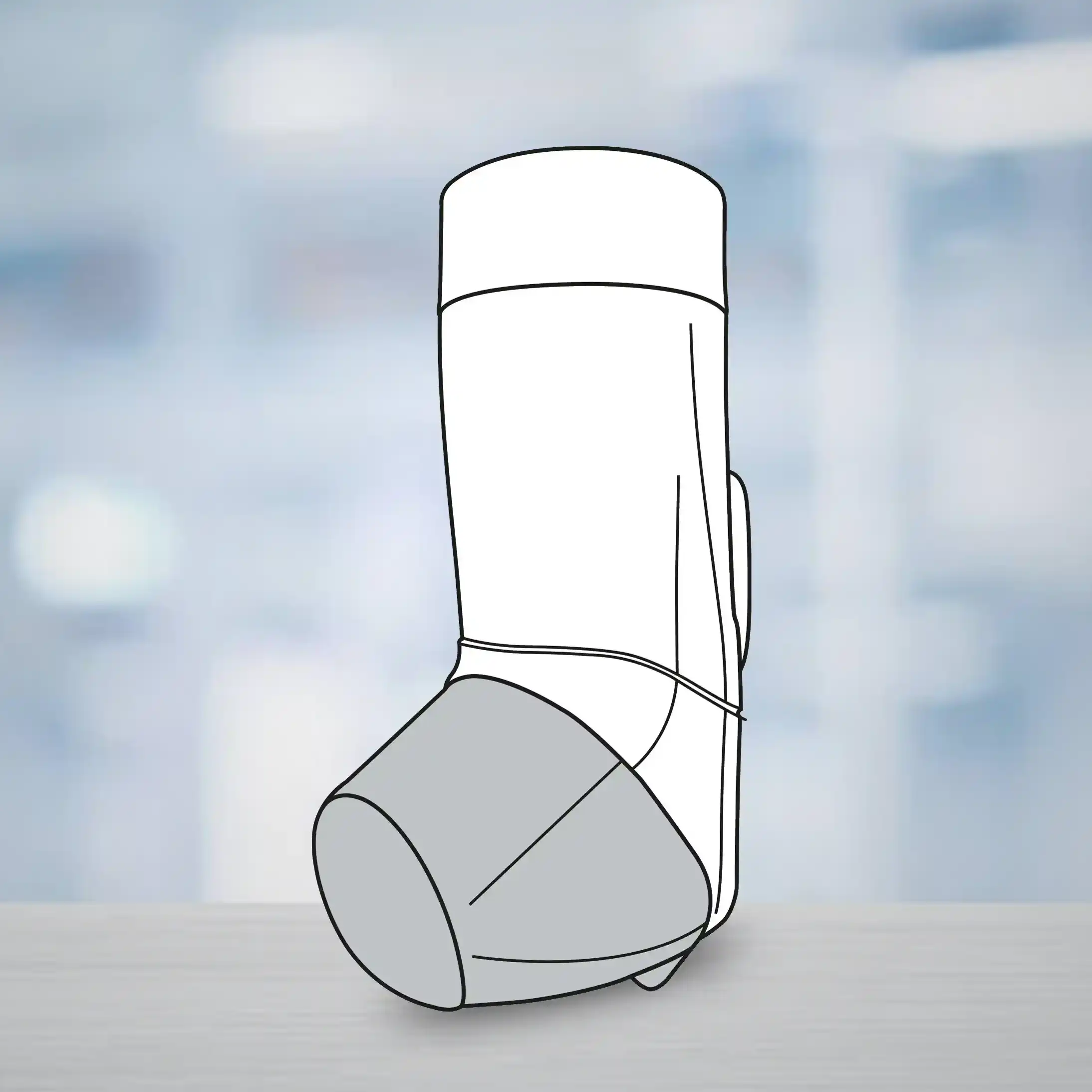Introduction
Studies have demonstrated the beneficial effects of sodium-glucose co-transporter-2 (SGLT-2) inhibitors in terms of reverse remodelling in heart failure (HF) patients. Nevertheless, the mechanisms associated with these benefits are not clearly understood. It has been postulated that SGLT-2 inhibitors may exert this beneficial impact by improving the cardiac structure and function. Few pre-clinical studies have suggested that SGLT2 inhibitors may reduce inflammation resulting in beneficial cardiac effect. However, there is a dearth of clinical data with regards to this.
Aim
To determine whether the improvement in cardiac remodelling caused by dapagliflozin in patients with type-2 diabetes mellitus (T2DM) and left ventricular hypertrophy (LVH) is mediated with its anti-inflammatory effect.
Patient Profile
Patients with T2DM, LVH, and without uncontrolled hypertension or symptomatic HF
Methods
Study Design
- A sub-study of the DAPA-LVH study
- DAPA-LVH was a randomized double-blind study.
Treatment Strategy
- Patients were randomized to dapagliflozin 10 mg daily (n=32) or placebo (n=34) for 12 months.
Assessments
- All the patients underwent cardiac magnetic resonance imaging (CMR) at baseline and at end of the treatment.
- Plasma samples were evaluated to measure C-reactive protein (CRP), tumor necrosis factor alpha (TNF-α), interleukin-1β (IL-1β), interleukin 6 (IL-6), and interleukin 10 (IL-10) and neutrophil-to-lymphocyte ratio (NLR).
Outcomes
- Change in absolute left ventricular mass from baseline.
- Change in various inflammatory markers.
Results
- The mean age of the study cohort was 65 years, 60% of the study participants were males. The median CRP was 1.07 mg/L and there were no statistically significant between-group differences.
- After 12 months of treatment, patients treated with dapagliflozin vs. those treated with placebo had a significant reduction in CRP (Fig. 1).
Fig. 1: Change in CRP levels at 12 months of treatment
| p = 0.026 |
|
- Treatment with dapagliflozin vs. placebo did not result in any significant changes in the inflammatory markers TNF-α, IL-1β, IL-6, IL-10, ELR, or NLR.
- At the end of 12 months, patients treated with dapagliflozin vs. those treated with placebo had a significant reduction in LV mass and improvement in global longitudinal strain (GLS) (Table 1).
Table 1: Mean change in Cardiac structure parameters at 12 months
|
Parameters |
Dapagliflozin Group |
Placebo Group |
Mean Difference (95% CI) |
P value |
|
Change in LV mass |
− 4.61 ± 0.89 g |
− 0.87 ± 0.86 g |
− 3.74 g, (-6.24 to -1.24) |
0.004 |
|
Change in GLS |
− 1.63% ± 0.44% |
− 0.31% ± 0.45% |
− 1.32%, (-2.59% to -0.04%) |
0.043 |
- The change in inflammatory markers; NLR (r = 0.311), TNF-α (r = 0.230), and IL-1β (r = 0.246) at 12 months correlated modestly with changes in GLS at 12 months
- As per an analysis stratified based on the baseline CRP, dapagliflozin caused a significant reduction in LV mass regardless of baseline CRP, in individuals with CRP <1.07 mg/L but not in those with CRP ≥ 1.07 mg/L (interaction p value = 0.58) (Table 2).
Table 2: Effect of dapagliflozin on LV mass as per baseline CRP
|
Parameter |
Mean difference with dapagliflozin vs. placebo (95% CI) |
P value |
|
Individuals with CRP <1.07 mg/L |
||
|
Reduction in LV mass |
-5.87 g (1.19 to -8.32 g) |
0.037 |
|
Individuals with CRP ≥1.07 mg/L |
||
|
Reduction in LV mass |
-2.47 g (-6.77 to 1.82 g) |
0.247 |
Conclusions
- In T2DM patients with LVH, treatment with dapagliflozin vs. placebo significantly reduced CRP at 12 weeks.
- Reductions in certain inflammatory markers correlated with improvements in GLS (but not with reduced LV mass).
- The cardiovascular benefits of dapagliflozin might partly be mediated through the reductions in systemic inflammation.
BMC Cardiovasc Disord. 2024 Jul 12;24(1):356. doi: 10.1186/s12872-024-04022-7.








